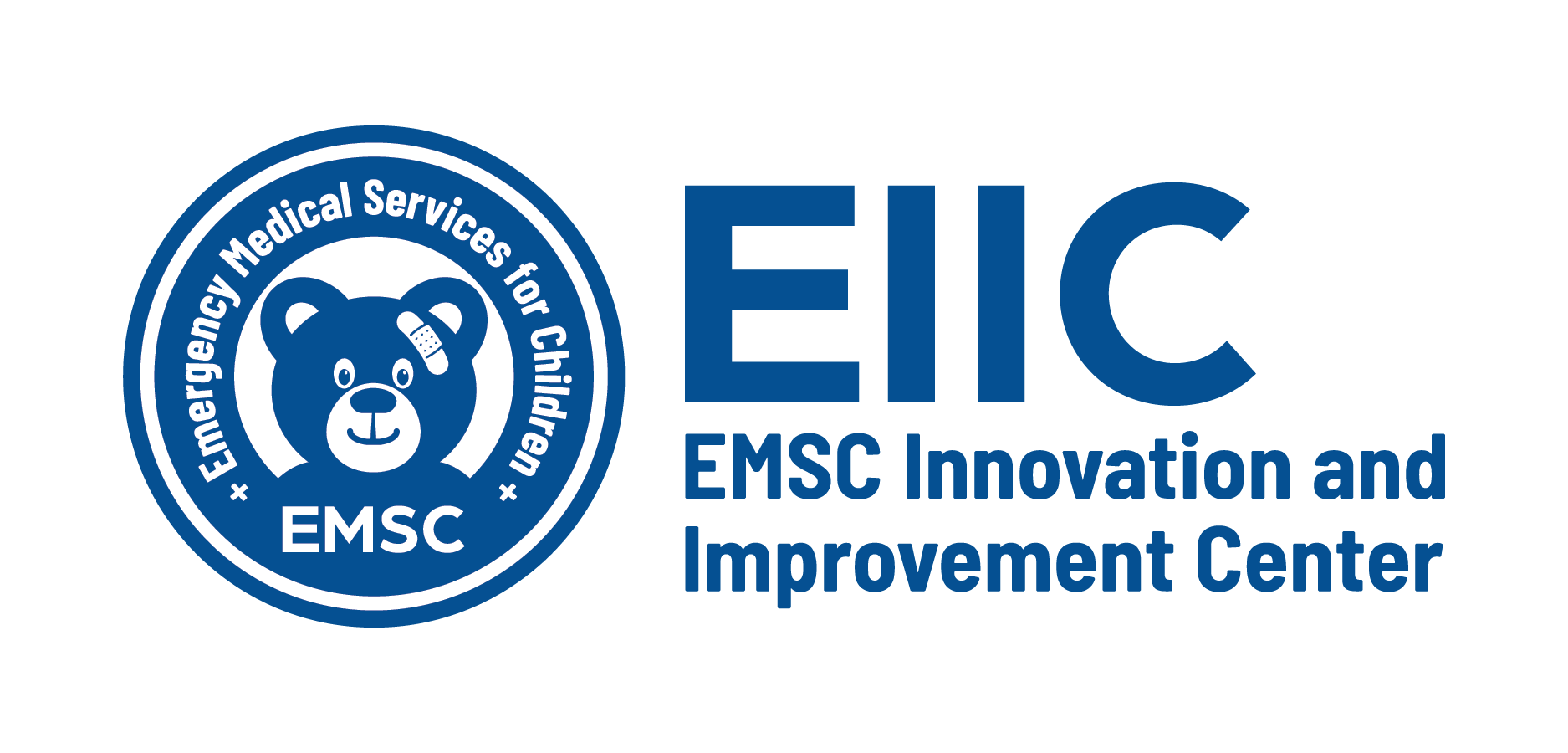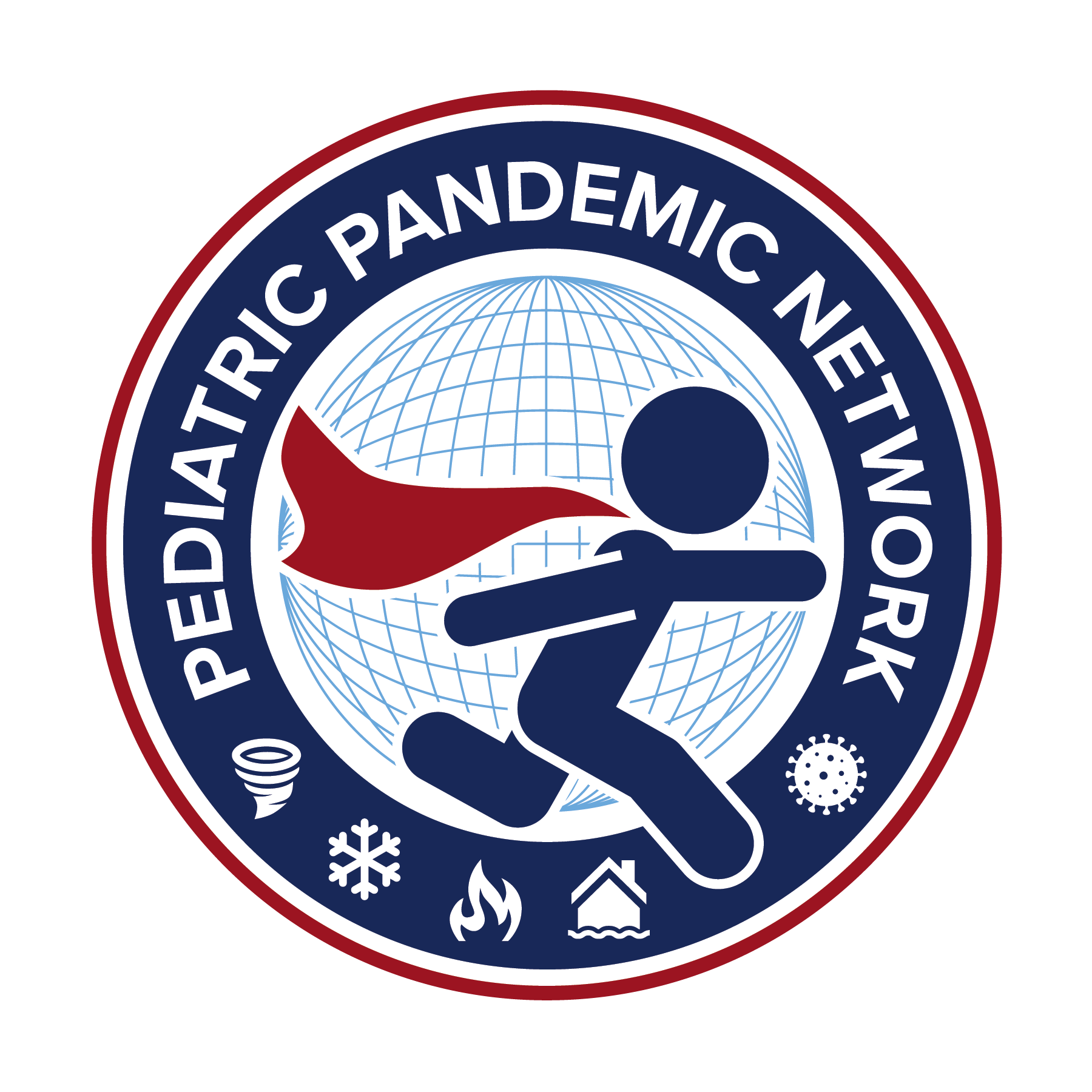About the content
This module emphasizes the crucial role of pediatric-specific policies, procedures, and protocols (PPPs) in ensuring safe, effective, and developmentally appropriate care in the emergency department. Explore how well-structured PPPs reduce variability, enhance clinical decision-making, support regulatory compliance, and improve staff preparedness for both routine and emergency pediatric care. By addressing the unique needs of children, these practices promote consistent, high-quality, and family-centered care. This self-paced module takes approximately 15 minutes to complete.
What You Will Learn
- Define key elements of effective pediatric ED policies, procedures, and protocols
- Emphasize the role of experts and stakeholders in policy, procedure, and protocol development
- Identify essential pediatric policies, procedures, and protocols for the ED
- Explore strategies for regular review and updates to policies, procedures, and protocols
Acknowledgements
Created by
EMSC Innovation and Improvement Center

The EMSC Innovation and Improvement Center is supported by the Health Resources and Services Administration (HRSA) of the U.S. Department of Health and Human Services (HHS) as part of an award (U07MC37471) totaling $2.5M with 0 percent financed with nongovernmental sources. The contents are those of the author(s) and do not necessarily represent the official views of, nor an endorsement by, HRSA, HHS or the U.S. government. For more information, visit HRSA.gov
With Support from
Pediatric Pandemic Network

The Pediatric Pandemic Network is supported in part by the Health Resources and Services Administration (HRSA) of the U.S. Department of Health and Human Services (HHS) as part of cooperative agreements U1IMC43532 and U1IMC45814 with 0 percent financed with nongovernmental sources. The content presented here is that of the authors and does not necessarily represent the official views of, nor an endorsement by HRSA, HHS, or the U.S. Government. For more information, visit HRSA.gov.

Attribution-NonCommercial-NoDerivatives CC BY-NC-ND
You are free to download and share this work for noncommercial purposes, as long as you credit the Pediatric Pandemic Network and the EMSC Innovation and Improvement Center for the original creation.